class: center, middle, inverse, title-slide # Dirty Wars ## Lecture 3: Regulating War and Warfare ### Jack McDonald ### 2019-10-11 --- class: inverse # Theory Discussion Question .pull-left[ Let’s say that I am a sceptic. I say: "I don't believe that there is a war in Syria right now." ] .pull-right[ .large[ Is proving the existence of a war different from disproving the non-existence of a war? Why? ] ] ??? --- # Outline .pull-left[ A fundamental feature of war is the standing implied by categories of status, and the labels attached to opponents. These are a product of what institutions define as war, or refuse to consider as war. ] .pull-right[ - What is War? - Which Set of Rules Apply? - Exceptions Within Rulesets - Case Studies ] ??? --- # Clean War .small[ .pull-left[ > Following from an _open declaration of war_, understandings of accepted modes of war are governed by the expectation that once war has begun its _conduct will be bound by certain rules, laws, and conventions_ that will, again, act as constraints. These rules and conventions may proscribe forms of behavior—such as torture or assassination—that might be deemed illegal under domestic law and are consciously designed to limit the actions of a political authority. Even in the absence of formally constituted restraints in domestic law, the _general expectation is that combatants will follow the norms or rules of international behavior_, such as those laid down in the Geneva Conventions that outline the limitations on protagonists, most notably in relation to the treatment of prisoners. ] .pull-right[ > Again, following logically from the idea that rules and conventions should be respected, is the understanding that _a clear distinction exists between combatants and civilians_ and that a conscious effort should be made to avoid non-combatant casualties. It is known, of course, that especially in conditions of total war, as in World War II, that such distinctions can become blurred, or break down completely. But even in such situations, both then and since, the sense persists that it is _intuitively wrong to deliberately target civilians_ and to which moral reprehension, if not outright legal sanction attaches if such boundaries are crossed. M.L.R. Smith and Sophie Roberts, _War in the Gray_ ] ] ??? --- # War as an Object of Regulation .pull-left[ .small[ > For centuries, states lawfully waged war for many that today would appear absurd. States fought wars to collect debts, to recover tort damages, to protect trading rights, and to enforce treaty obligations, among other reasons. > By examining these war manifestos, we are able to track the kinds of reasons that were commonly accepted for going to war. But war manifestos are interesting not only because of their content, but also for their _form_. As we will see, war manifestos resembled complaints in lawsuits. Oona Hathaway and Scott Shapiro, _War Manifestos_ ] ] .pull-right[ 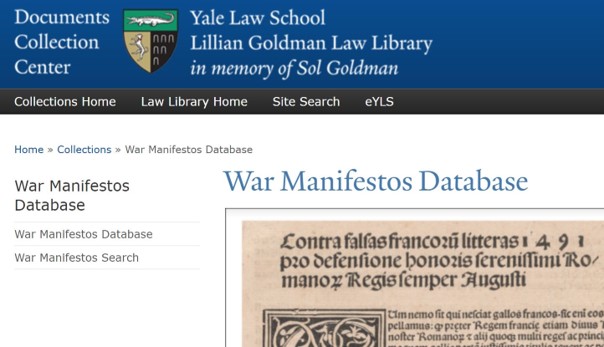 ] ??? --- class: inverse # Part 1: What is War? ??? --- # The Problem of War Studies .pull-left[ 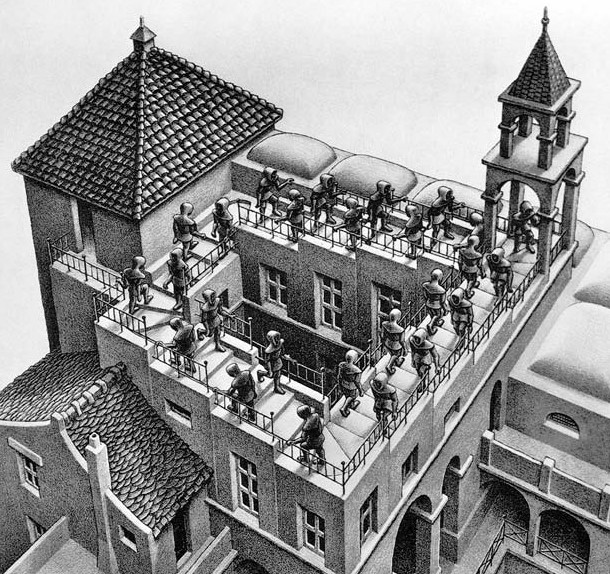 ] -- .pull-right[  ] ??? --- # Which Means Varying Categories of War .small[ > An inter-state war must have: sustained combat involving regular armed forces on both sides and 1,000 battle-related fatalities among all of the system members involved. Any individual member state qualified as a war participant through either of two alternative criteria: a minimum of 100 fatalities or a minimum of 1,000 armed personnel engaged in active combat. Correlates of War ] -- .small[ > Armed conflict (state-based) A state-based armed conflict is a contested incompatibility that concerns government and/or territory where the use of armed force between two parties, of which at least one is the government of a state, results in at least 25 battle-related deaths in one calendar year. > War (state-based) A state-based conflict or dyad which reaches at least 1000 battle-related deaths in a specific calendar year. Uppsala Conflict Data Program ] -- .small[ > ACLED does not pre-define what a 'conflict' is. Those decisions are left to the user. ACLED does not categorize clusters or campaigns of events into categories of 'state', 'non-state', 'terrorism', 'insurgency'; etc. The Armed Conflict Location & Event Data Project (ACLED) ] ??? --- # ...Varying Sets of Applicable Rules .pull-left[ International Armed Conflict > the present Convention shall apply to all cases of declared war or of any other armed conflict which may arise between two or more of the High Contracting Parties, even if the state of war is not recognized by one of them. Common Article 2 ] -- .pull-right[ Non-International Armed Conflict > armed conflicts not of an international character occurring in the territory of one of the High Contracting Parties Common Article 3 ] ??? --- # And Varying Categories of Persons/Objects .medium[ > THE CONCEPT OF CIVILIAN IN INTERNATIONAL ARMED CONFLICT For the purposes of the principle of distinction in international armed conflict, all persons who are neither members of the armed forces of a party to the conflict nor participants in a _levée en masse_ are civilians and, therefore, entitled to protection against direct attack unless and for such time as they take a direct part in hostilities. > THE CONCEPT OF CIVILIAN IN NON-INTERNATIONAL ARMED CONFLICT For the purposes of the principle of distinction in non-international armed conflict, all persons who are not members of State armed forces or organized armed groups of a party to the conflict are civilians and, therefore, entitled to protection against direct attack unless and for such time as they take a direct part in hostilities. In non-international armed conflict, organized armed groups constitute the armed forces of a non-State party to the conflict and consist only of individuals whose continuous function it is to take a direct part in hostilities ("continuous combat function"). ICRC, _Interpretive Guidance on the Notion of Direct Participation in Hostilities_ ] ??? --- class: inverse # Small Group Discussion .question[When, if ever, is the existence of war an objective fact?] ??? --- # The Inherent Problem of Defining Internal War > The core of that definition was empirical, not experiential: combatants and victims might believe they were trapped in a civil war, but until the death toll reached a thousand or antigovernment forces had killed at least fifty people, social scientists could tell them they were wrong. David Armitage, _Civil Wars_ ??? quote from p.218 --- class: inverse # Part 2: Regulating Warfare: Which Rules Apply? ??? --- # Two Metaphors .pull-left[ 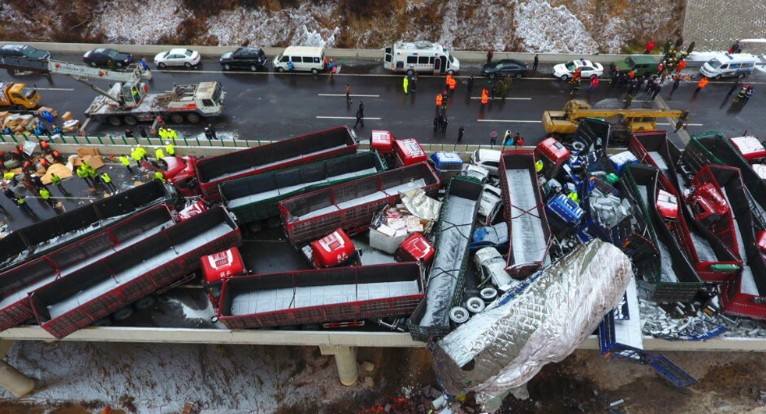  ] .pull-right[ .small[ > Throughout history, international law has been critically dependent on a general willingness of governments to abide by it. This willingness has been explained... in a wide variety of ways - as a command of natural law, as international legislation by way of customary practice, as tacit or explicit agreement, as a consequence of a common juridical conscience, as a function of self-restraint and due regard for the rights of others, as rational self-interest on the part of actors, as a fear of sanctions that offended parties might inflict, and doubtless many more besides. Stephen C. Neff, _Justice Among Nations_ ] ] ??? Quote from p.478 --- # "The Game is Rigged" > the modern conception of war as a contest between moral and legal equals has only been possible to uphold as a consequence of the constant exclusion and othering of all subjects thought _not_ to be morally or legally equal. Jens Bartelson, _War in International Thought_ .pull-left[ 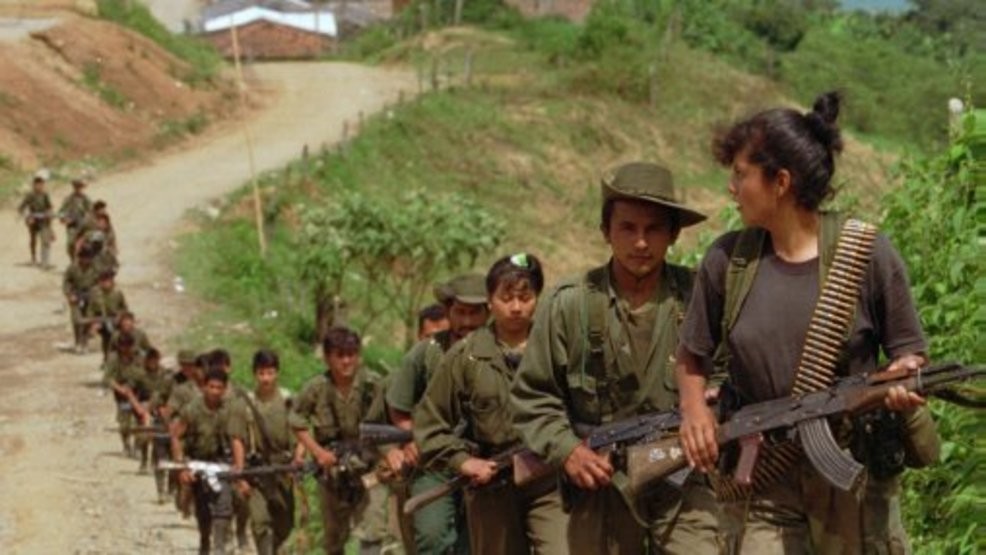 ] .pull-right[ 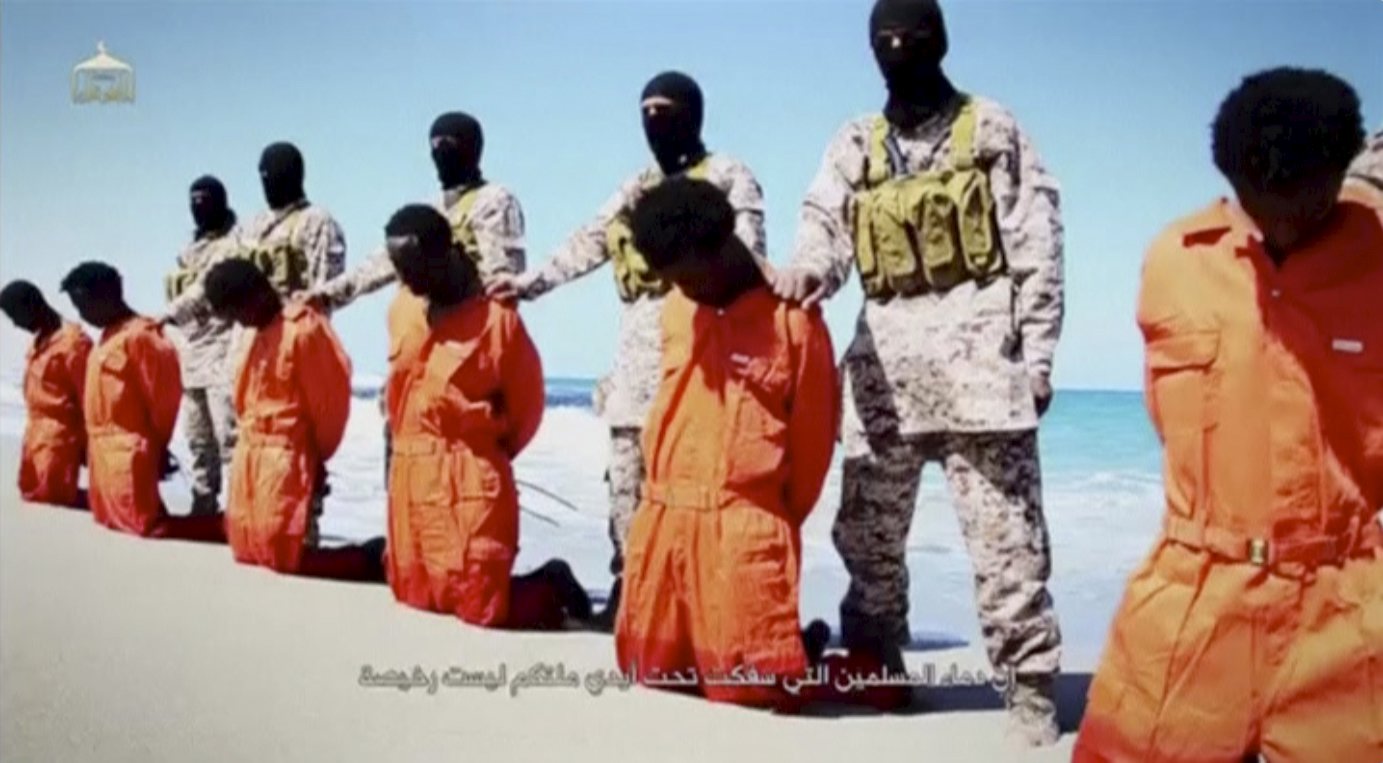 ] ??? --- # Power, Law and Conflict .pull-left[ 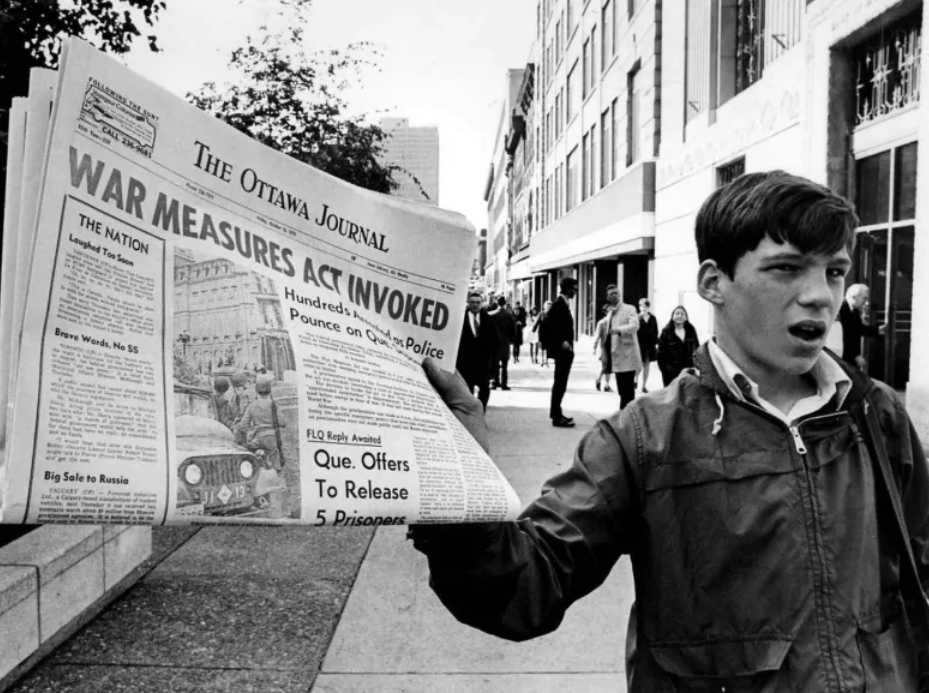 ] -- .pull-right[ .medium[ > repression is anticipated when the parameters of threat exceed the parameters of what is deemed "legitimate" (accepted by social practice) and "legal" (accepted by law). For example, even though democracies generally accept a wide variety of behavior that can be viewed legitimate and legal, it is clear that leaders do not permit all forms and/or levels of challenge. Christian Davenport, _State Repression and the Domestic Democratic Peace_ ] ] ??? Martial Law National Security Law/constitutional law Rule of law/rule by law Concurrent Categories of Status quote from p.69 --- # Who Can Be Detained? .pull-left[ 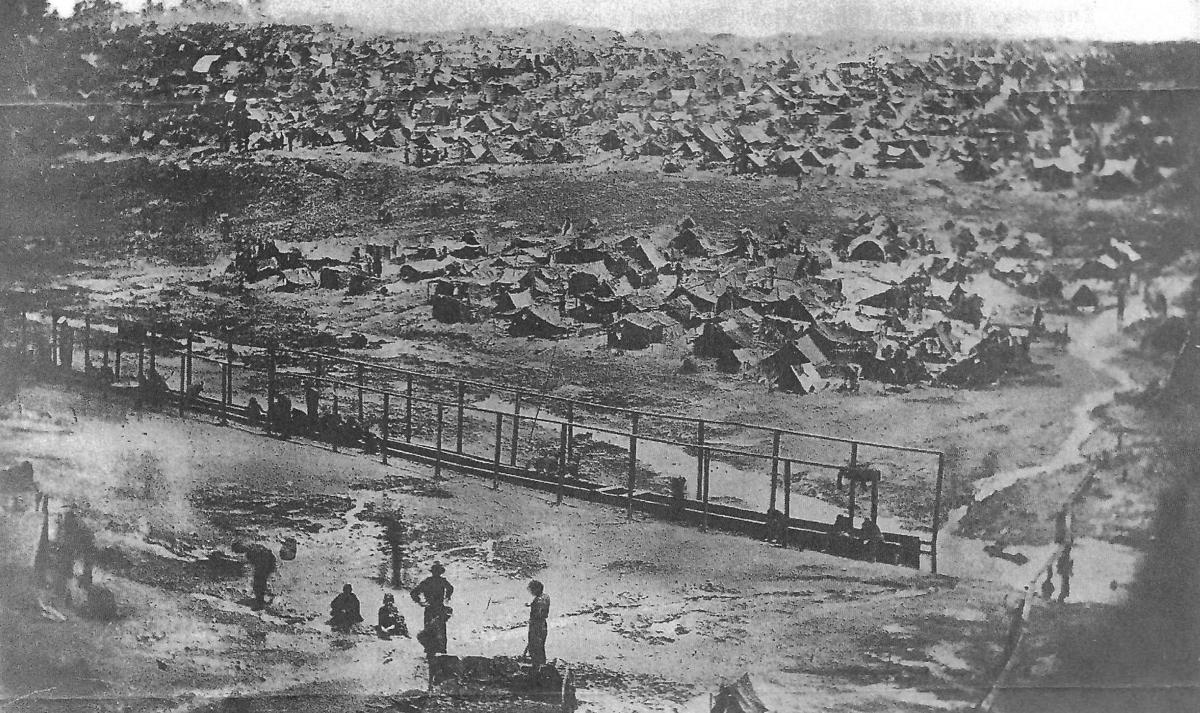 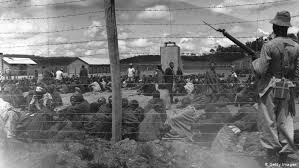 ] .pull-right[ .picblock[ 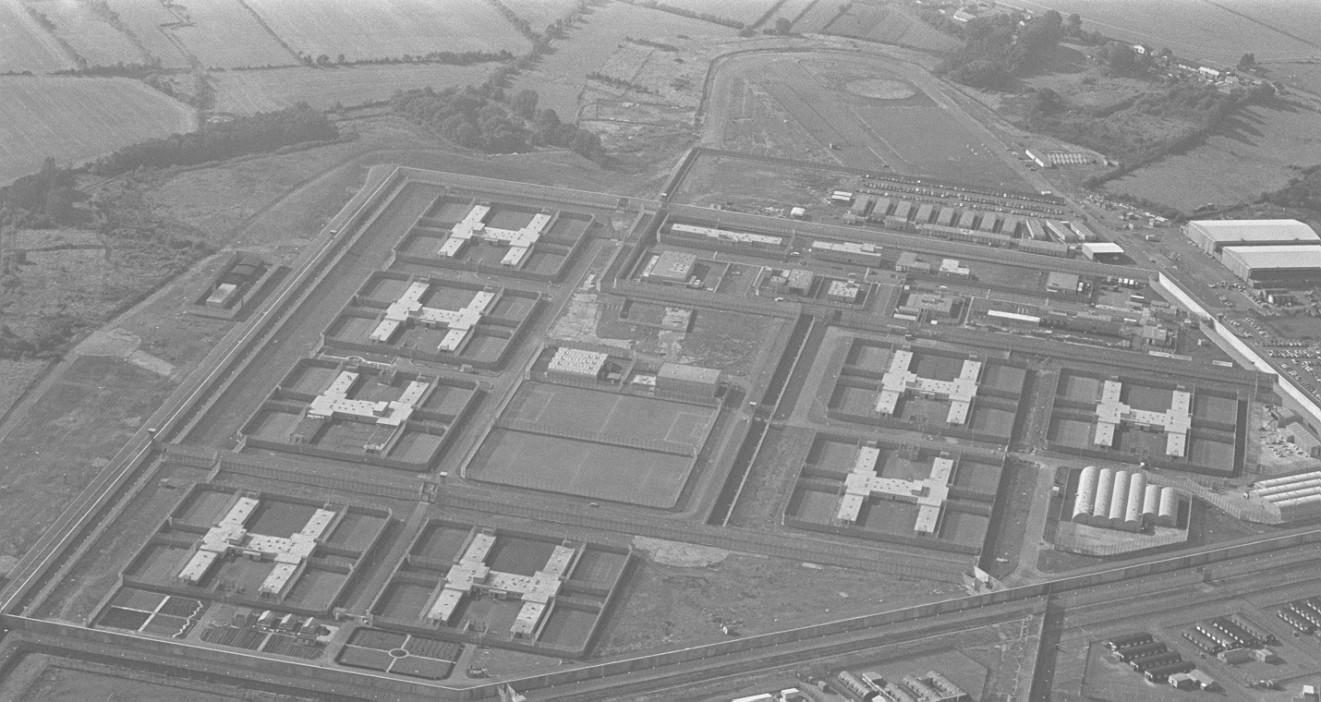 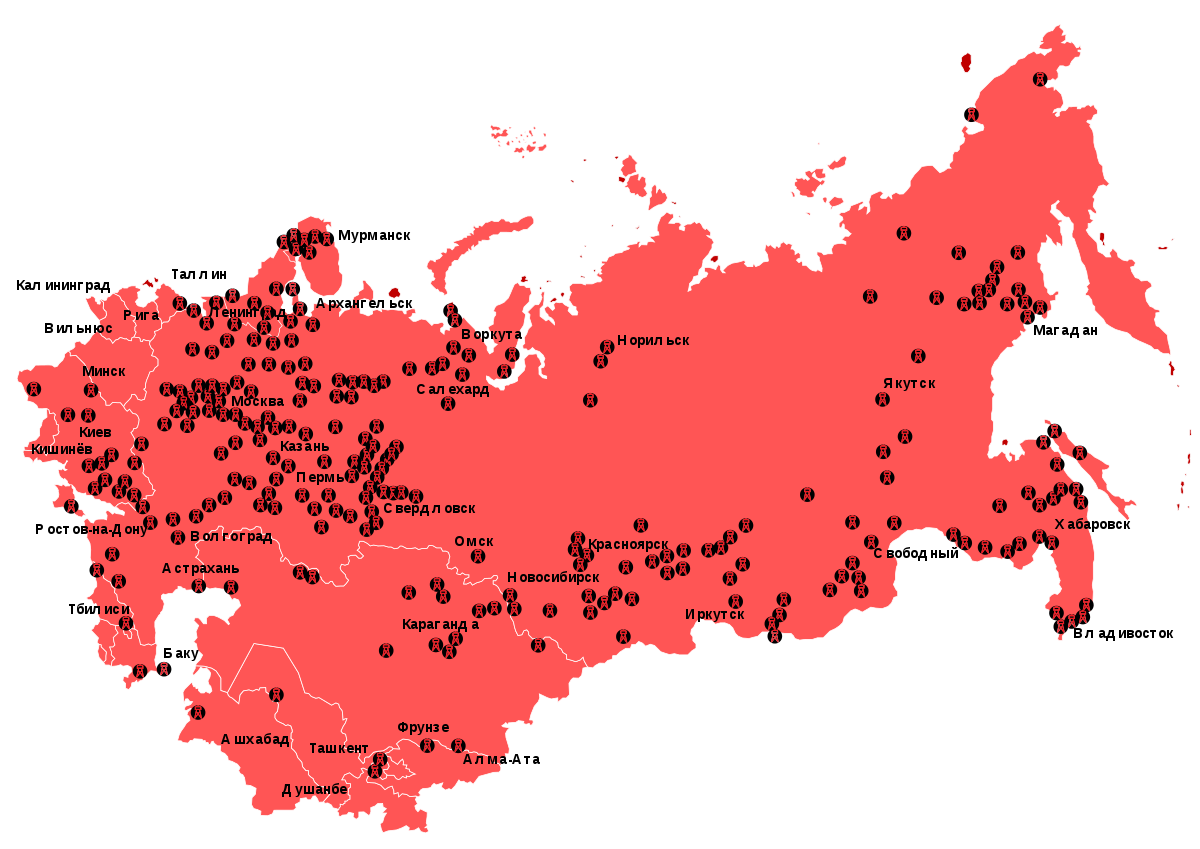 ] ] ??? --- # Four Problems & Five Ws .pull-left[ 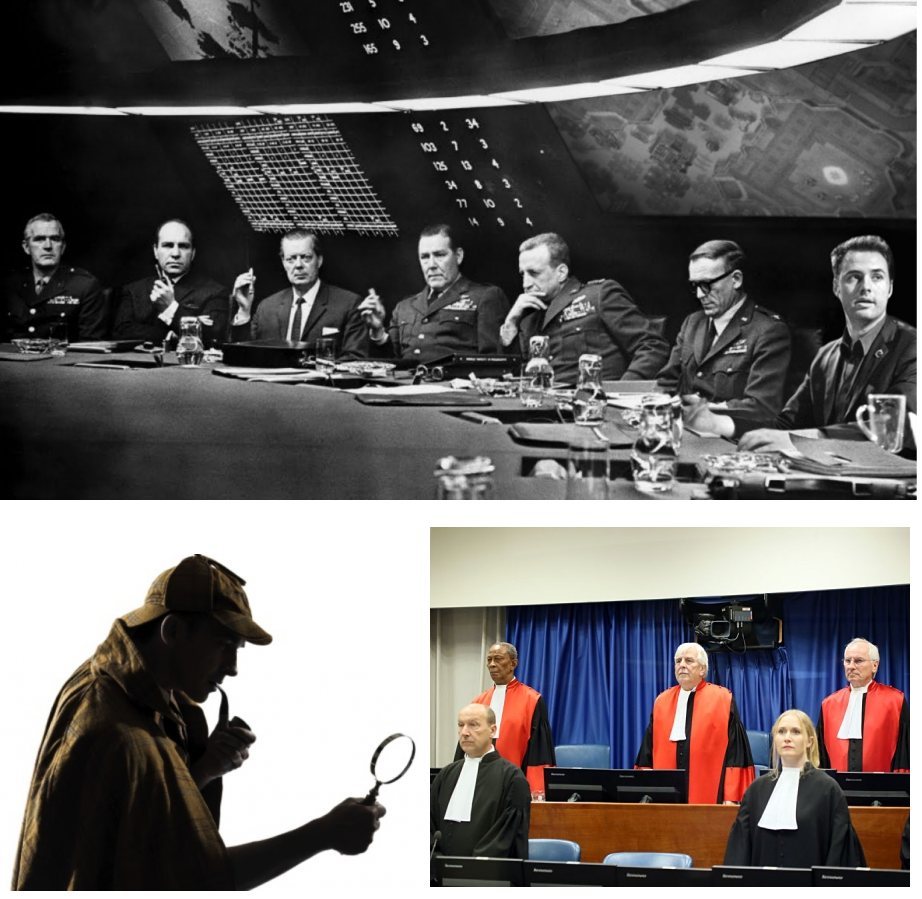 ] .pull-right[ - The applicability problem - Which set of rules apply to a given conflict? - The interpretation problem - How should rules produce (or remove) actionable constraints on conflict? - The identification problem - To what extent can institutions and individuals ensure the correct identification of permissible targets? - The decision problem - Who, or what, makes the key decisions? ] ??? --- class: inverse # Small Group Discussion Question .question[ How do your own personal and professional interests shape the kinds of violent conflicts that you choose to study? ] ??? --- class: inverse # Part 3: Regulating War & Warfare in Context ??? --- # Global War on terror .pull-left[ 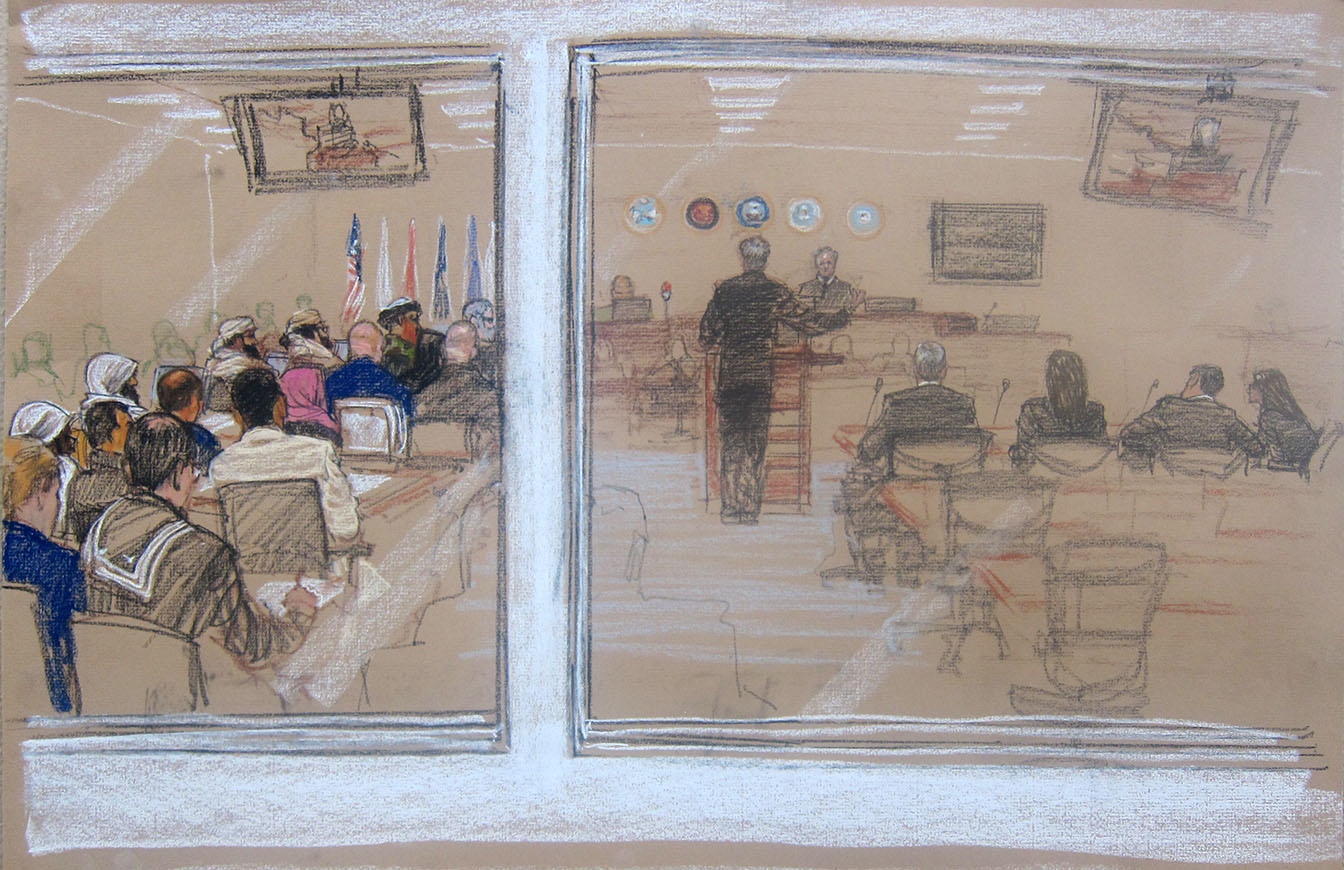 ] -- .pull-right[ Transnational armed conflict The "many conflicts problem" Detention in armed conflict - Extraordinary rendition - US Citizens in military custody - "Unlawful enemy combatants" ] ??? --- # Argentina .pull-left[ 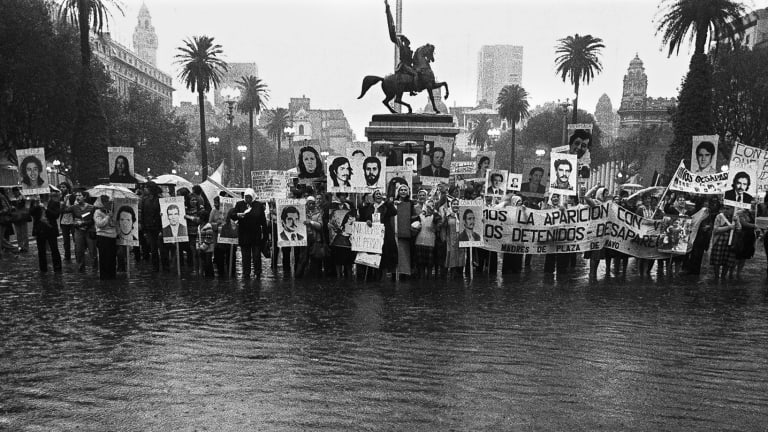 ] -- .pull-right[ Was the "Dirty War" a war? - the "National Reorganization Process" Post-conflict justice - National Commission on the Disappearance of Persons (CONADEP, 1983) - Juicio a las Juntas (1985) - Full Stop law (1986) - Law of Due Obedience (1987) - Mass pardon (1989) - Repeal (2003) ] ??? Was the Dirty War a War? ??? --- # Northern Ireland .pull-left[ .picblock[  ] ] -- .pull-right[ .medium[ Operation Banner - Lawful authority to use military force in domestic conflict Falls Curfew (1970) - Imposition of curfew Operation Demetrius (1971) - Mass internment Diplock Courts (1973-2007) - Trial without jury ] ] ??? The use of Military Force under the rule of law Big Boys' Rules Maze detention ??? --- # The Vietnam Wars .pull-left[ 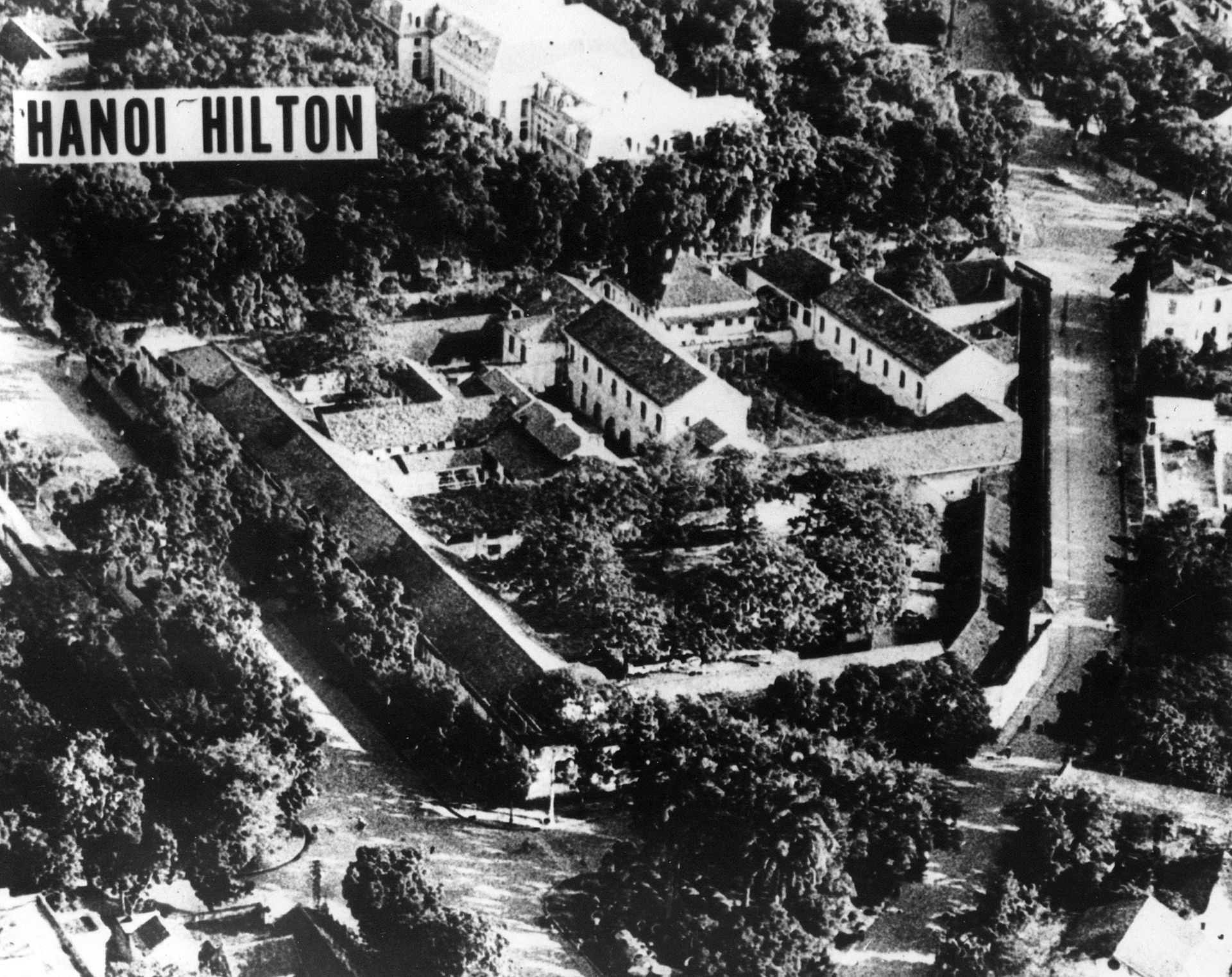 ] -- .pull-right[ .medium[ Phase of US involvement between Geneva Accords (1954) and full military engagement (1964-65) Secret/covert US military activity in bordering countries Systematic use of concentration/reeducation camps by both North and South Vietnam throughout war US POWs experienced severe mis-treatment, owing to N. Vietnam refusing to recognise them as legitimate combatants ] ] ??? Modern Warfare ??? --- # Democratic Republic of Congo .pull-left[  ] -- .pull-right[ Internationalised non-international armed conflicts Extremely brutal conflict in every respect Key case: Jean-Pierre Bemba - MLC group part-responsible for genocide of Bambuti in North Kivu - MLC also commits crimes against humanity in Central African Republic - Tried and convicted by the ICRC for CAH and war crimes - Acquitted on appeal ] ??? /// ???